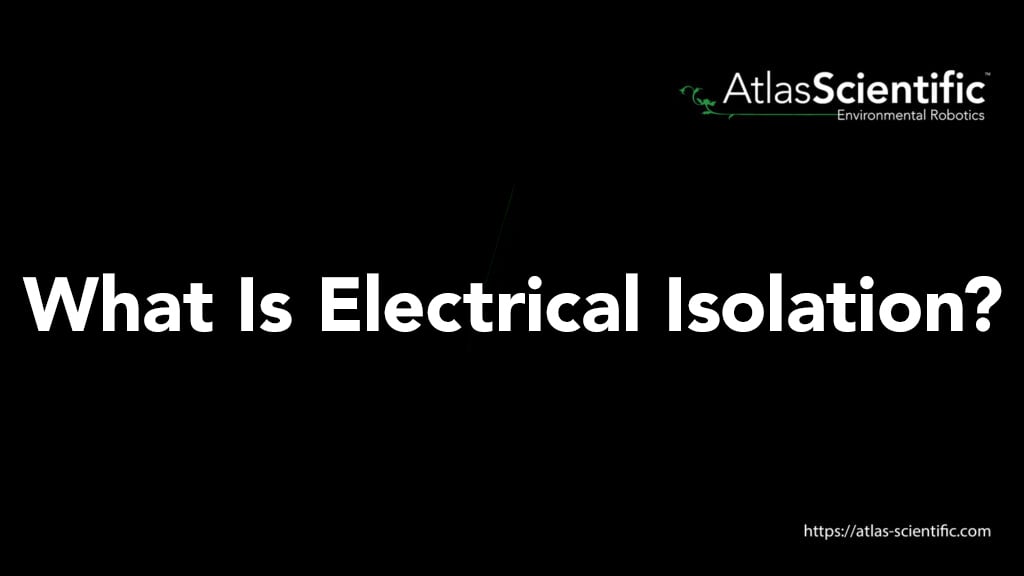Subtotal: $34.99

10 Sensors For Greenhouse Monitoring – A Guide To Precision Agriculture
Greenhouse monitoring is the backbone of precision agriculture, and it starts with the right sensors. The 10 most essential sensors to optimize crop health and
Subtotal: $34.99
Product Categories

Electrical isolation connects or disconnects a section of a circuit using a mechanical switch to protect the user from high voltages and to protect electrical equipment from damages. There are different types of electrical isolation switches available, but they all ensure there is efficient distribution of power.
Electrical currents refer to the flow of atomic particles/electrons that pass through wires and electrical devices. For example, all your household appliances will either have an alternating or direct current. For an electrical current to flow, conductive metals and water drive the flow by working out the potential difference or voltage in a system.
The human body makes an excellent conductor as we are made up of around 60% water, this also puts us at risk of electrical shock and injuries. Therefore, electrical insulation or isolation must be controlled to prevent circuit damage, fires, human injury, or even death.
By definition, isolation means the deliberate introduction of a non-conductive separation, which can either be physical, electrical, or both.
Electrical isolation systems prevent the transfer of a direct current and an unwanted alternating current between two parts of a circuit.
An electrical isolator (also known as an isolator or disconnector) is a piece of equipment that separates the two circuits, providing a barrier using a mechanical switch. This barrier prevents dangerous voltages from passing through the electrical circuit in the event of an electrical fault or failure in the system.
Isolation is also referred to as galvanic isolation. Galvanic isolation causes a lot of confusion in applications, as ‘galvanic’ refers to the electrochemical process where metals corrode when they experience electrical contact with an electrolyte. However, galvanic isolation blocks the electrical flow by communicating without a direct conduction path between the two isolated circuits.
The type of electrical isolator will depend on your requirements and the application you are working with.
Galvanic isolation methods focus on smaller-scale electrical isolation. What we mean by that, is that they can be used to isolate a low-voltage circuit from two or more circuits (where no direct conduction path is present), and to isolate the main power from the control unit. This is why galvanic isolators are perfect for eliminating noise and preventing leaks of high voltages that could potentially damage the electrical unit.
Measuring the pH in water with the EZO-pH circuit is a prime example. This very sensitive device is what allows the isolator to read micro-voltages that may bleed into the water from unnatural sources, for example, pumps, solenoid valves, or other probes/sensors you are working with.

When electrical noise is interfering with the pH readings, it can cause fluctuations, and therefore leave you with inaccurate readings. To check that electrical noise is the issue, you can place the pH probe into the water. If the readings stabilize, then electrical noise is the cause of the inaccurate readings.
There are many types of electrical isolators to cover your needs, from basic isolators to Carrier Boards (Whitebox T1, T2 & T3).
Carrier boards are great to use when you are familiar with EZO circuits and have an external system. Most of our carrier boards have built-in isolation, so you don’t need to worry about sensors interfering with each other and the majority of outside electrical noise is eliminated.
But, if you are new to EZO circuits, and/or you are in the middle of the testing phase of a project, then we recommend the Basic EZO Inline Voltage Isolator.

Other reasons you may use galvanic isolation include the following:
One question that often comes up is why both an electrical/galvanic isolator and a circuit breaker are required.
Electrical isolators are known as OFF-loading devices because they function when there is no load connected, whereas a circuit breaker is referred to as an ON-load device.
A circuit breaker is also an electronic device manufactured of solid-state components, but some electrical isolators are mechanical, working as a switch.
There are many reasons why you should add an electrical isolator to an electrical circuit, these include:
Electrical isolation methods are not used to separate a circuit, but how to allow a signal to transmit electricity through a circuit and block unwanted signals. The most common ways to isolate an electrical signal include:
Regardless of which electrical isolation method is used, they all allow a signal to cross an isolation barrier and prevent an unwanted current between electrical circuits.
Electrical isolation is required to disconnect machinery, ground electrical currents, reduce noise interference, and to protect personnel working on electrical equipment from high voltages.If you have any questions regarding galvanic isolation, or you are unsure exactly which electrical isolator will best suit your needs, do not hesitate to reach out to the world-class team at Atlas Scientific.







Greenhouse monitoring is the backbone of precision agriculture, and it starts with the right sensors. The 10 most essential sensors to optimize crop health and

Hydroponics has revolutionized the way people grow food, offering soil-free methods that deliver nutrients directly to plant roots in water-based systems. But success in hydroponics